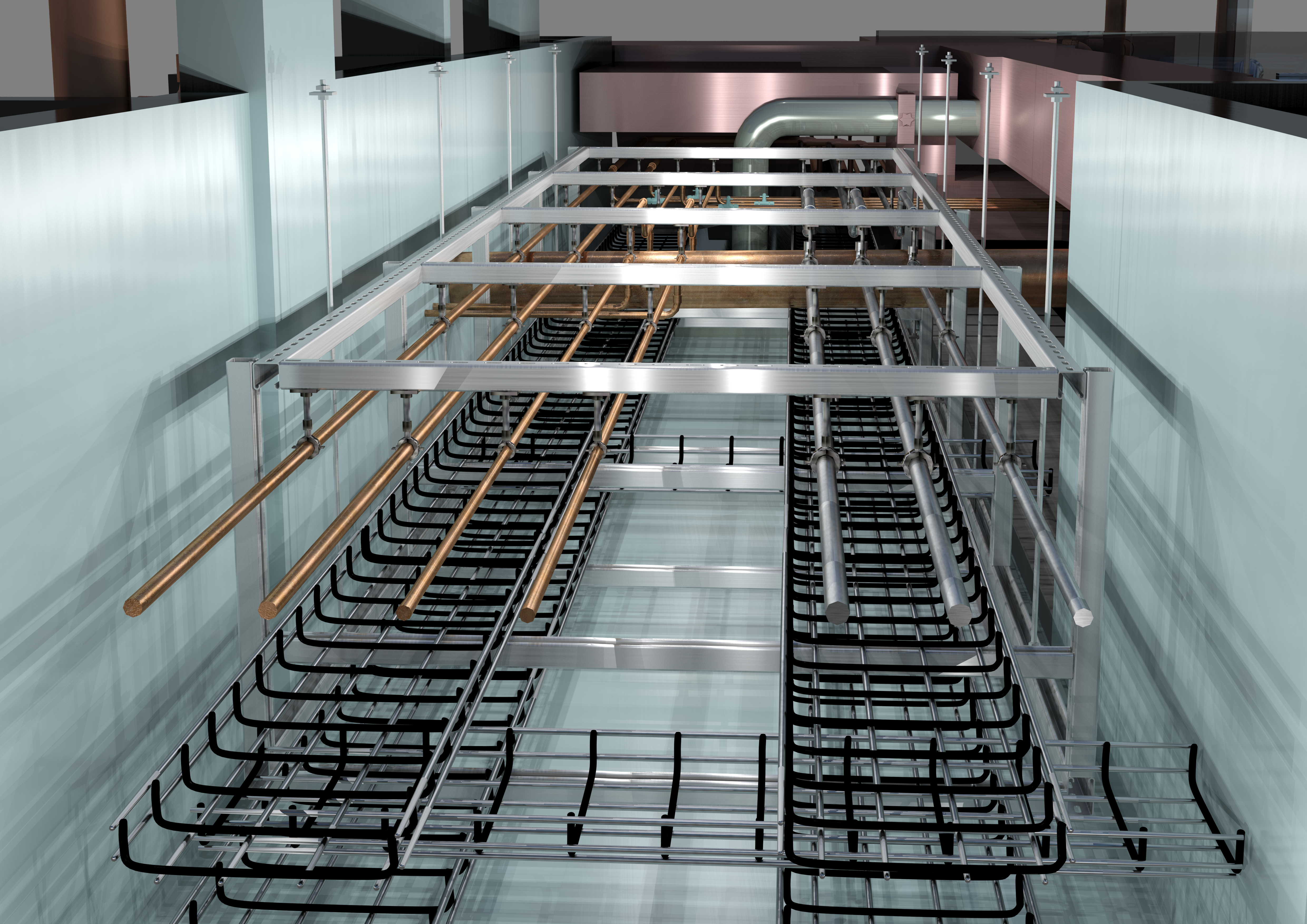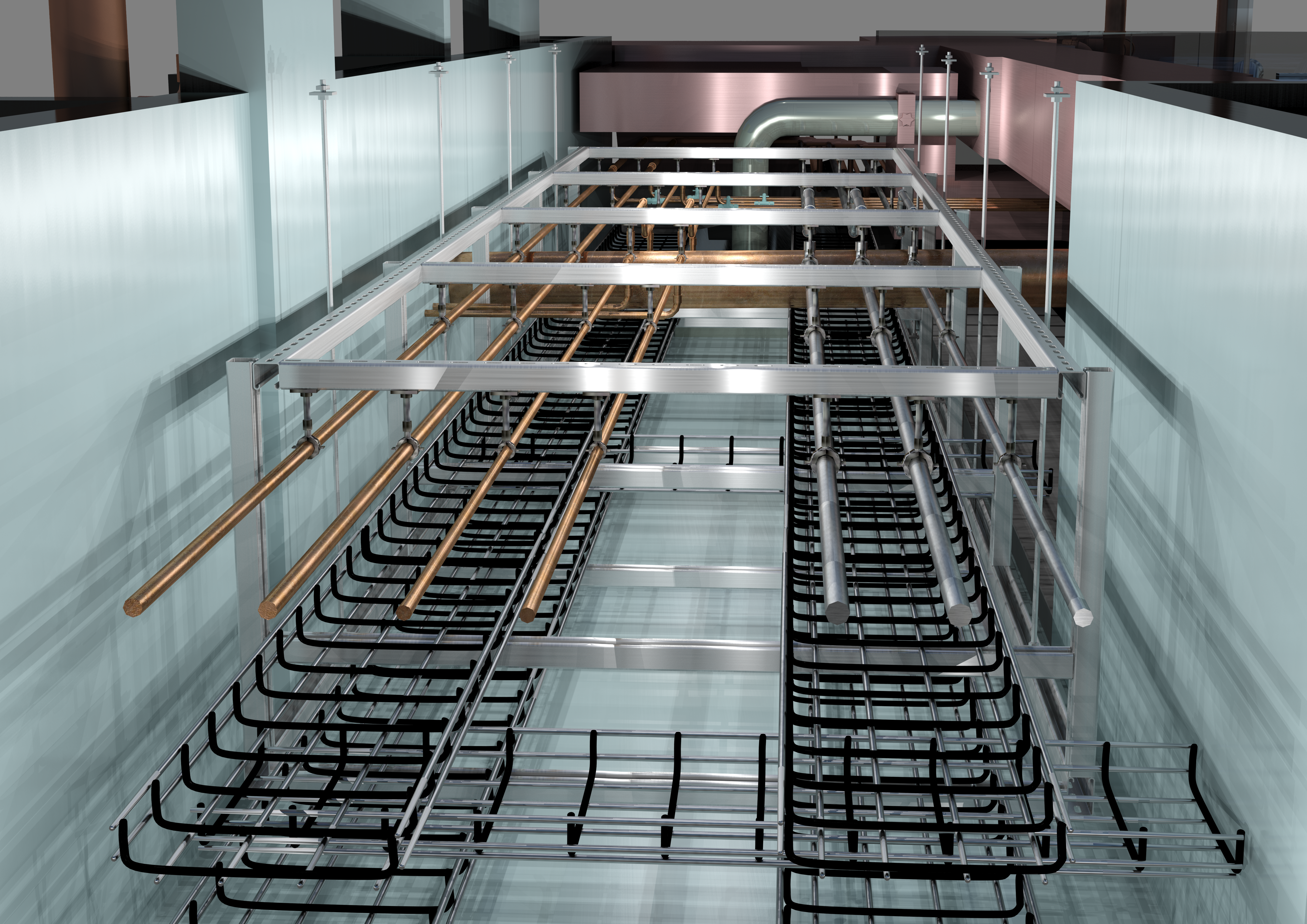If you are looking for BIM Manager Jobs, then one of the terms you have probably come across in the job description is ‘managing and overseeing the collation and coordination of COBie data’ – but what is COBie and how does it relate to BIM?
What is COBie?
COBie stands for the Construction Operations Building Information Exchange, and it is an international standard that relates to the exchange of building information. It is most commonly used in the product data handover from the construction team to the operations team. What the COBie specifications do well is to capture the industry knowledge and best practice, what they do not do is dictate precisely what information is required for the project handover – the responsibility for that still lies with the project owner.

History of COBie
Back in 2011, the UK Government published it BIM (Building Information Modelling) Working Party Strategy which announced its intention that all projects should be completed with collaborative 3D BIM by 2016. The data and software requirements contained in this report are what we now call the COBie.
This was in response to the fact that construction handover has always been a bit of a struggle as the information that is usually generated this far in a project is often only partly relevant for the operations team. This also means that a lot of new documentation then needs to be produced and collated specifically for them – and this tended to be in the form of documents and paper drawings in binders. The bulk of this documentation work, therefore, tended to be put off until the end of the project which is typically the time when budgets have been spent, and deadlines are looming. With the digitalisation of the world in general, this information has gradually moved from the archive room onto the file server.
Basic Principles of COBie
COBie is a great stepping stone in the process of moving construction information from paper to online. This is because the main aim of COBie is to replace home-grown exchange templates and point solutions with a more digital building information management lifecycle. The basic principles of COBie therefore are:
- Classification – One of the key foundation principles for COBie is the use of a classification system – although there is no particular one specified, it is up to the project owner as to which classification system they use. The point of using a classification system is that it helps users to navigate the information which helps with familiarity for owners and projects.
- Data Model – COBie is aligned with the BuildingSMART data model which means that COBie shares industry best practices. This makes integration with other construction and design tools easier and means that COBie is a model view definition of the IFC data model.
- Format – The information contained in COBie gives users the choice of several different delivery formats, including a spreadsheet-based data collection delivery. The beauty of this format is that it makes the participation in an openBIM workload possible without requiring the need for any knowledge of the IFC data model or a specific BIM tool.
COBie Data Model Structure
As we have said before, COBie shares the structure of the buildingSMART data model and features three main areas – Design, Build and Common.
The design area is really the core of the information and contains information about components (the central piece of the asset register), the types (product category), spaces (rooms), zones (space groupings), facilities (the building itself), floors and systems (equipment). The building information covers job, resource and spare and is an attempt to try and collect the non-standardised data that is normally found in documents such as maintenance guidelines, operating manuals, and spare part lists. The common items cover information that can be linked to all items in the other lists, such as contacts (people involved in the project), documents (documentation about the delivered equipment), attributes (method to tag custom data to any item type), and classification.
COBie is technically a simple concept really and is a system where you can start small and then grow it as the building project grows.
For more information on our BIM services, please give our friendly team a call on 0161 427 0348 or send us an email to office@thecadroom.com

